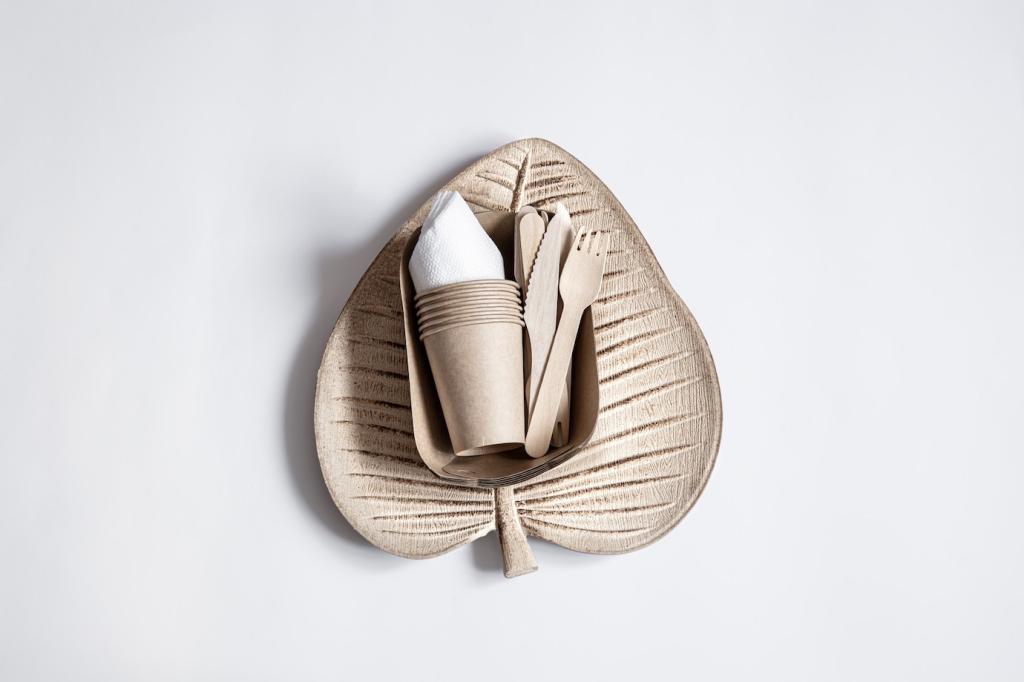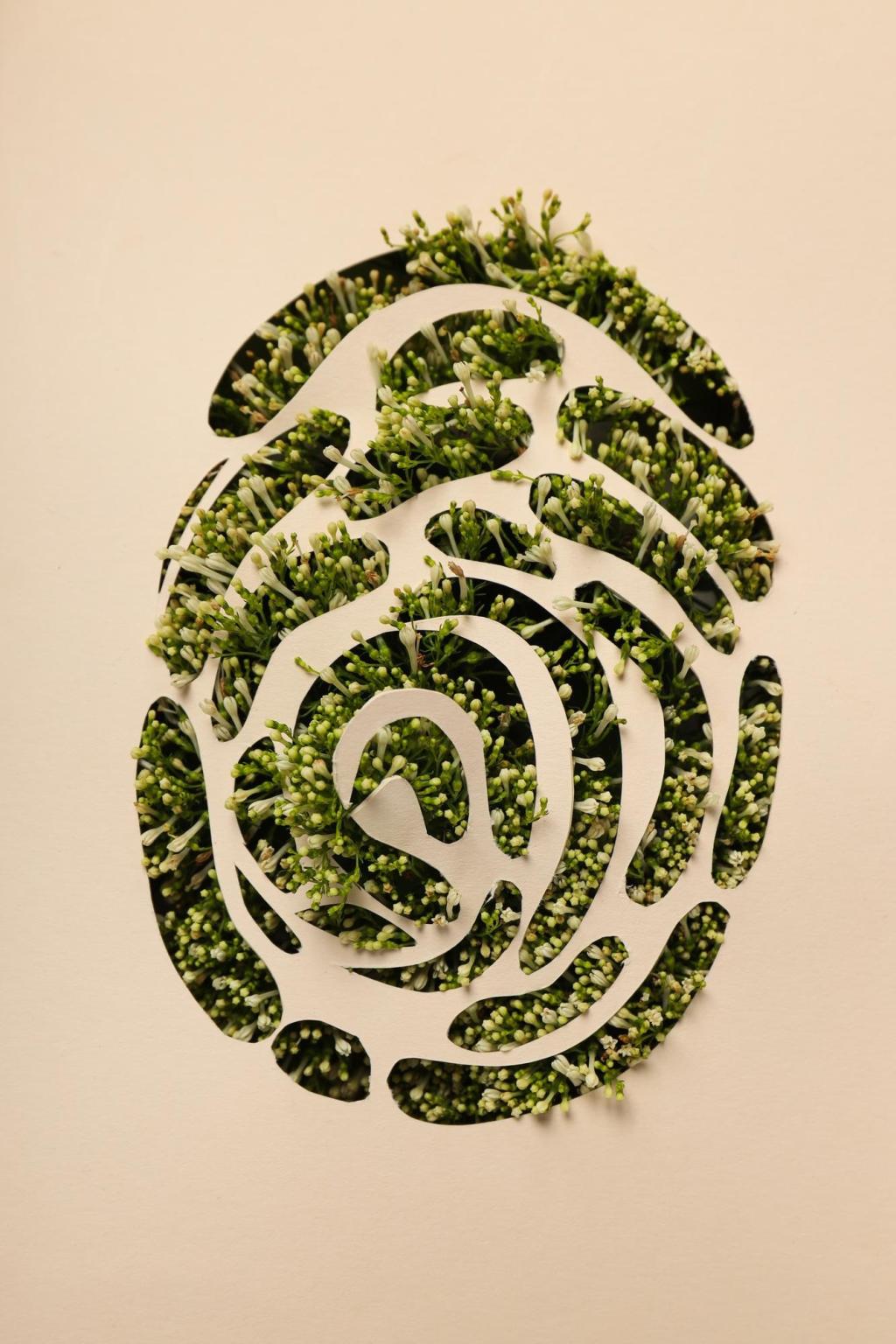Low-Impact Materials and Finishes
Reclaimed floorboards, brick, or stone carry history and durability. Look for straight stock, check moisture content, and source locally to cut transport emissions. Tell us your best salvage yard, marketplace, or community deconstruction resource.
Low-Impact Materials and Finishes
Low- or zero-VOC paints, remanufactured paints, and plant-based oils protect indoor air. Buy only what you need using calculators, and donate leftovers to community projects. Subscribe for more vetted, circular finish brands and application tips.






